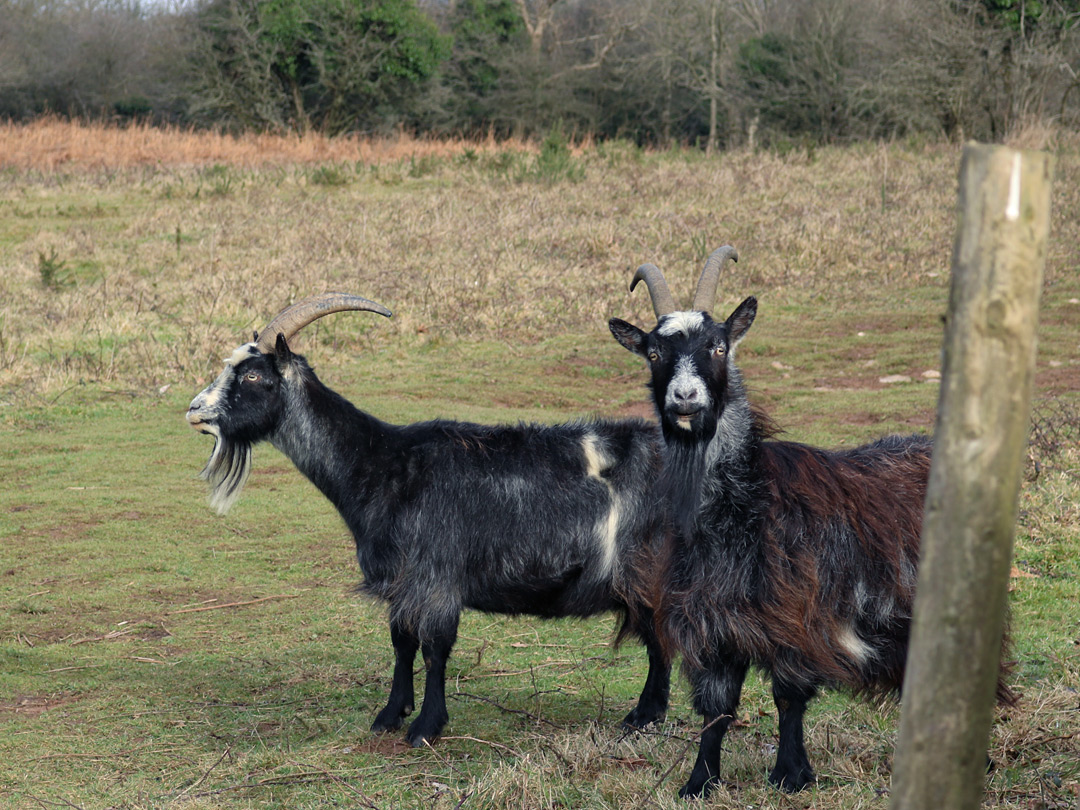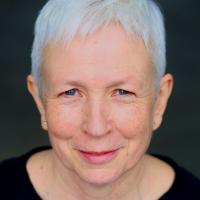Our Histories, Our Selves?
History was my favourite subject at school. Until I was seventeen, I assumed that everything I read was fact. Just as the dates and names of kings and queens were beyond question, so too was everything else I had learnt. So it was profoundly shocking to read Edward Hallett Carr’s book What Is History?
“The facts are really not at all like fish on the fishmonger’s slab. They are like fish swimming about in a vast and sometimes inaccessible ocean and what the historian catches will depend partly on chance but mainly on what part of the ocean he chooses to fish in and what tackle he chooses to use – these two factors being, of course, determined by the kind of fish he wants to catch. By and large, the historian will get the kind of facts that he wants to catch.”
I realised that what I’d been learning for the past seven years was a mixture of facts, interpretations and opinions filtered through each historian’s particular political, cultural and personal agendas. “History”, it turned out, was not a solid, immutable object. I continued on to university, my eyes now open to the many biases implicit in the post-colonialist, capitalist, white British his-story that I was being taught.
Despite this revelation, it didn’t dawn on me that my own history – as written most days in my journal – was just as biased as any historian’s. We are all of us the historians of our own lives, catching the fish we want to catch in order to preserve the narrative that we’ve unconsciously chosen for ourselves. We write and rewrite our histories over and over again in an attempt to preserve our beliefs and self-identities.
It was many years later that I first came across the term confirmation bias. Confirmation bias is defined as:
“the tendency to search for, interpret, favour or recall information in a way that confirms one’s pre-existing beliefs or hypotheses, while giving disproportionately less consideration to alternative possibilities.”
While we like to think that we’re rational beings, and that our beliefs and opinions are objective and reasonable, it’s clear that we’re all prone to confirmation bias, particularly when it comes to our most deeply-held or emotionally charged beliefs and ideas about ourselves and the world. We cling to them and defend them regardless of whether they’re positive or negative, comforting or painful or both. We’d rather be right, repeatedly confirming our biases, than be wrong and face the possibility that we’re not who we thought we were.
Why is this? It seems that the primary purpose of confirmation bias is to keep the narrative of the self intact. As children, we begin to develop a sense of self. We begin to define ourselves as this not that. I’m clever. I’m ugly. I’m not good enough. I’m kind. I’m in danger. Once the self has developed, its over-riding concern is to maintain and defend itself. It feels as if we are what we believe ourselves to be, so when our beliefs are challenged, it feels as if our very survival is threatened.
We’ve all experienced how uncomfortable it can be to receive compliments or praise that conflict with how we see ourselves. If we believe that we’re ugly, we’ll unconsciously seek to confirm our belief no matter how many times we’re told we’re beautiful. Even memory is selective; we tend to remember the incidents that seem to prove our assertions, forgetting those that conflict with our version of history.
Confirmation bias appears to be a natural function of the limited self-identity. By definition, it is bound to its own narrative, the story on which its survival depends. In fact, we could say that the self is the story. We see this very clearly when we inquire. There comes a point where the self-identity becomes aware that it is being unravelled. Words like “who am I if I’m not this?” or “I have to be this or I’m nothing” emerge, often with fear. As we continue looking, the survival anxiety is felt, and the catastrophizing thoughts and images are looked at. Gradually, we discover that it is possible to be something else. That we’re not confined to being this, whatever this is.
It is not surprising that as our self-identities and beliefs dissolve, we begin to see our histories in a different light. The memories that used to mean we were unloved or inadequate cease to define us as that. We are able to finally feel our emotional pain in its raw, unadulterated state, as it no longer defines us either. We no longer identify as damaged or flawed or deficient people, while fully allowing ourselves to be exactly as we are in each moment. It takes a lot of energy to continually confirm our biases. It’s such a relief when we don’t have to do so any more.
Inquiry isn’t about becoming a better or more spiritual person. It’s about being willing to look at all our own biases and beliefs. It is about having the courage to investigate what and who we think we are, and to continue doing so. As we look, we become less biased about ourselves and others. We notice where our biases lie and we have the tools to question them. And the changes that occur when we do so can be immense for both ourselves and others. It is only when we take the beam out of our own eyes that we can see clearly enough to remove the speck from others’ eyes.



